
LA TRAVIATA
Giuseppe Verdi
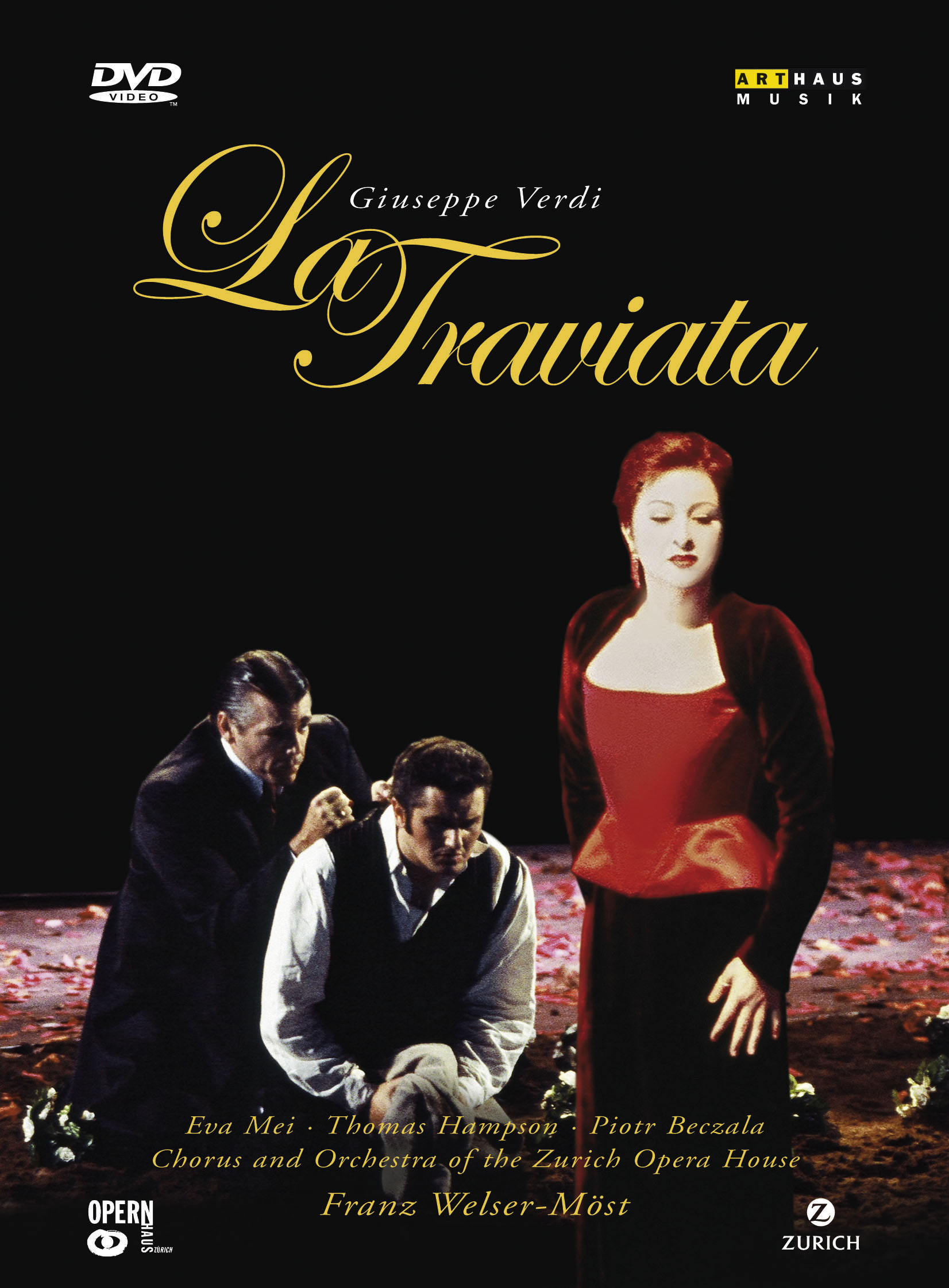




Giuseppe Verdi
LA TRAVIATA
2005
Soloists:
Piotr Beczala, Eva Mei, Thomas Hampson
Orchestra, Chorus:
Chor und Orchester der Oper Zürich
Conductor:
Franz Welser-Möst
Director:
Jürgen Flimm
La Traviata, Giuseppe Verdi very personal opera, was premiered in 1853 at the Teatro La Fenice in Venice. The first night was a fiasco, but after a few revisions the opera set out to conquer the world. La Traviata offers no scope for grandiose crowd scenes or historical pomp. In keeping with the intimate nature of the action, Verdi’s music reflects the inner feelings of the protagonists. The heroine, whose emotional state is determined by external circumstances, is in the centre of the story of emotional upheavals. Jürgen Flimm haunting staging stays close to Verdi’s intent. He focuses on the protagonists, showing their shakiness, emotions, despair, love, sacrifice and tragedy rather than concentrating on the abysses of the Parisian demi-monde. Eva Mei and Piotr Beczala are a perfectly matched couple. Her soft and flexible soprano and his lyrical tenor, marked by excellent diction, work very well together, joined by the “golden” voice of outstanding Thomas Hampson.
Label:
Arthaus Musik
Genre:
Oper
Running Time:
128
Picture Format:
16:9
Sound Format:
PCM Stereo / Dolby Digital 5.1 / DTS 5.1
Number of Discs:
1
Region:
0
Languages:
IT
Subtitle Languages:
DE, FR, GB, JP, ES, IT
EAN:
0807280124798
UPC:
807280124798
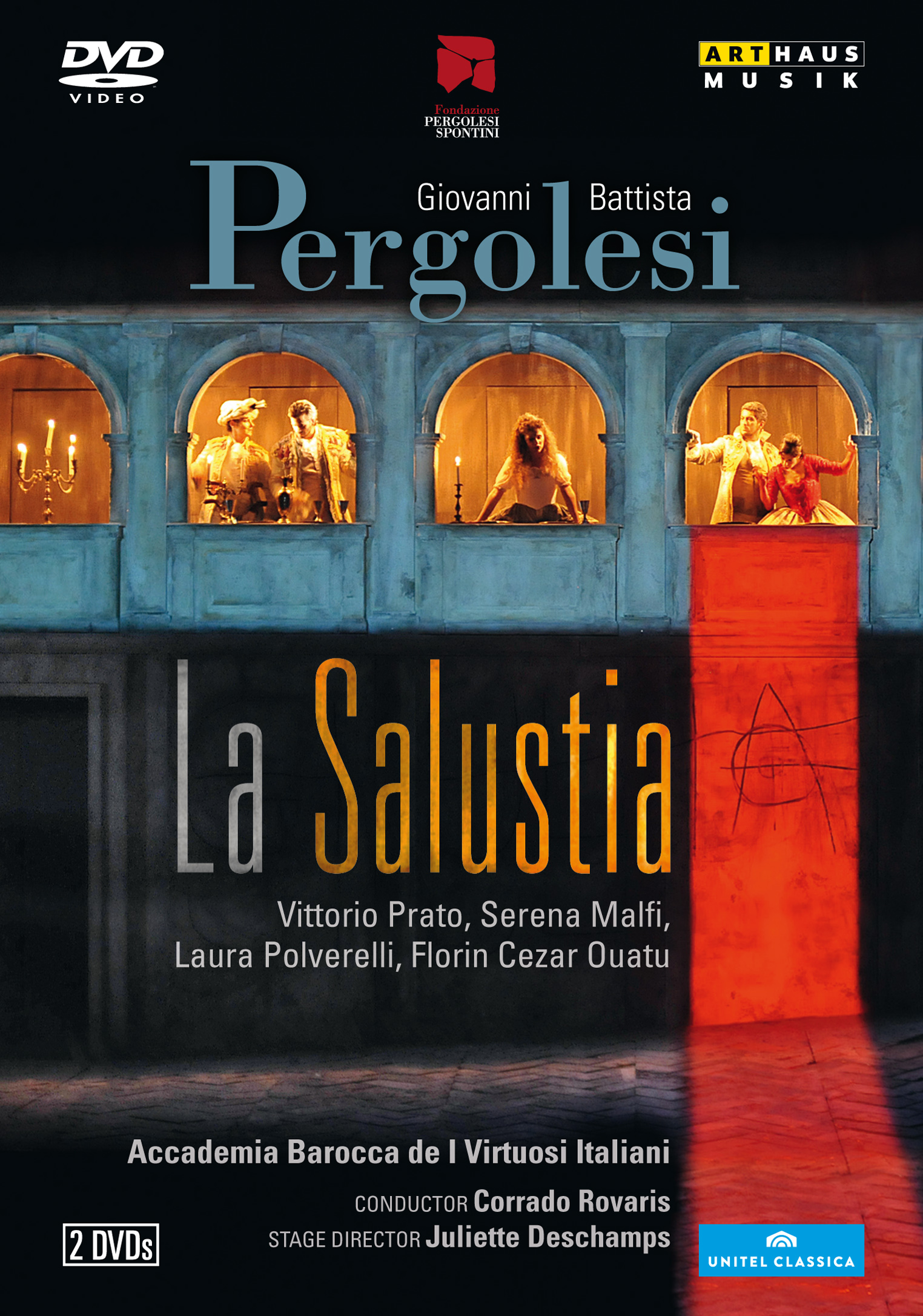
Giovanni Battista Pergolesi
Pergolesi’s first opera “La Salustia” is filled with emotions and dramatic elements. It portrays the battle of two women, their struggle for power and justice. Further, it is the story of failing deceitful plots and mistrust. Salustia is the strong empress, wife of the Roman emperor Alessandro, whose mother-in-law Giulia would rather(...)
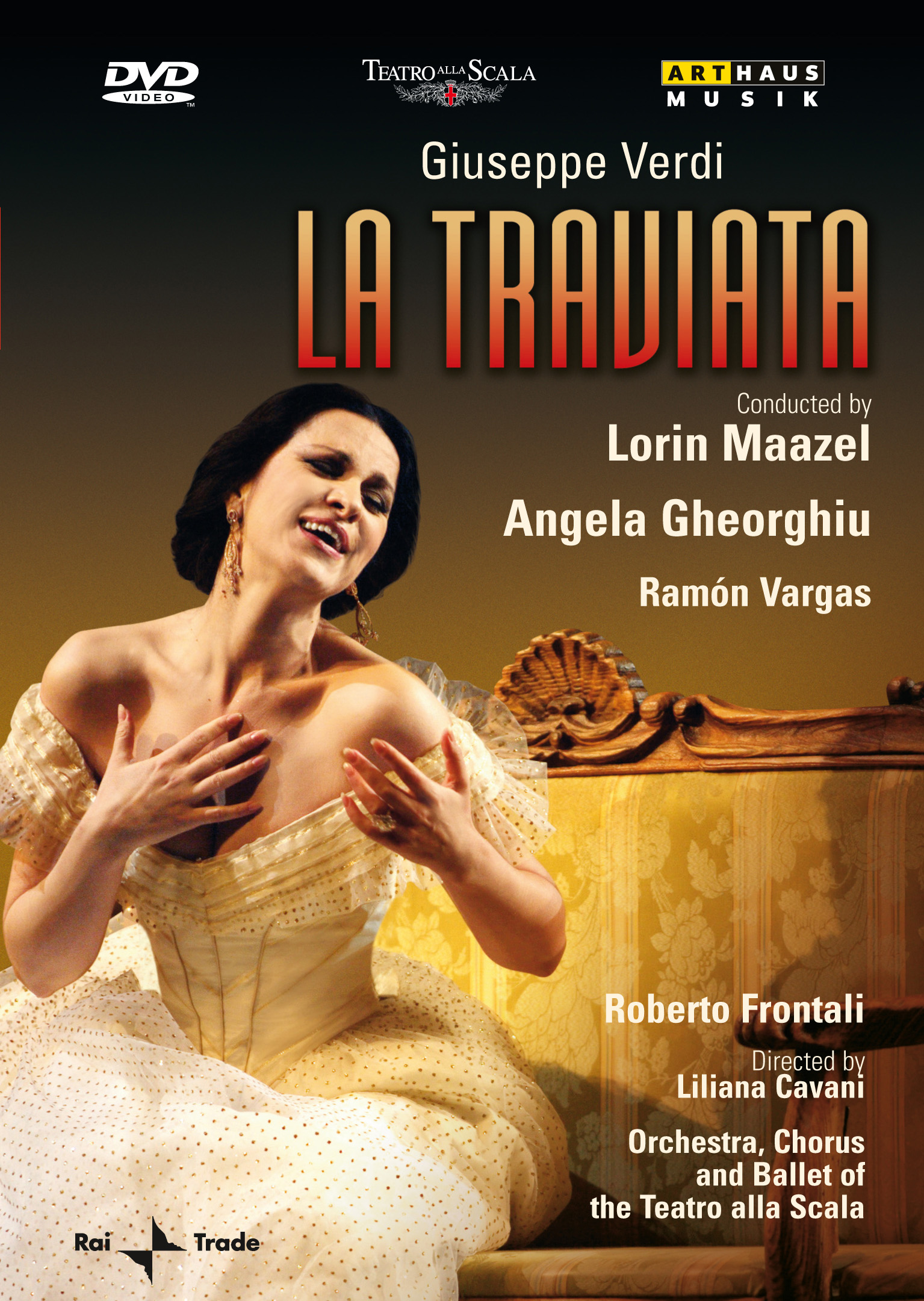
Giuseppe Verdi
Realistics Revelations of intimate Inner Psychology La Traviata represents a milestone in musical history, marking a move from Romantic opera towards a greater degree of realism. For the first time ever, contemporary material and figures had been chosen as the basis for an opera. A real prostitute, tuberculosis, a so-called man of honour(...)









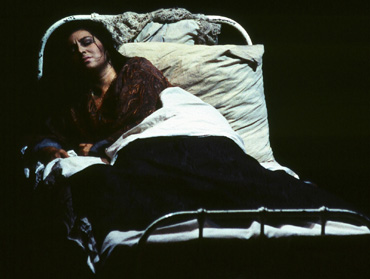
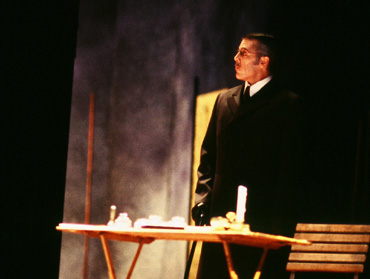
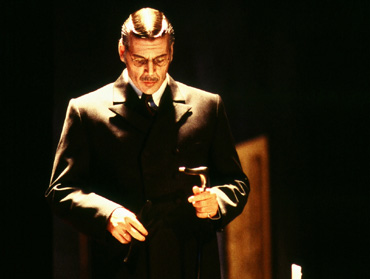
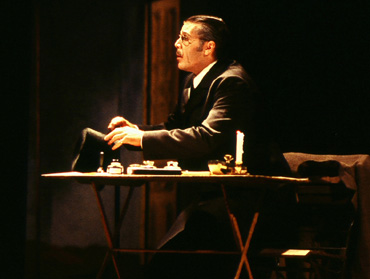
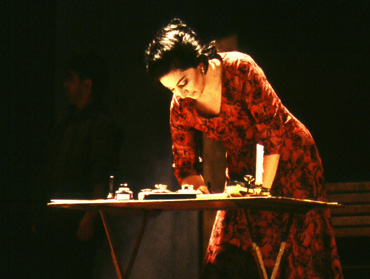
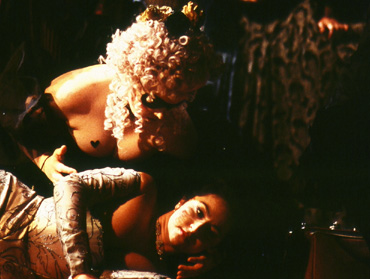
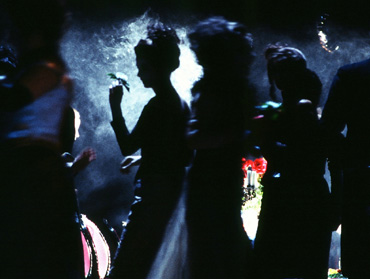
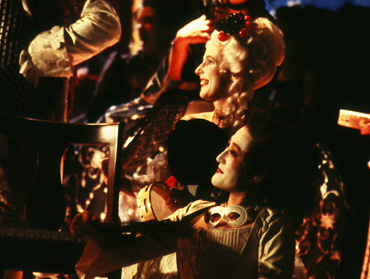
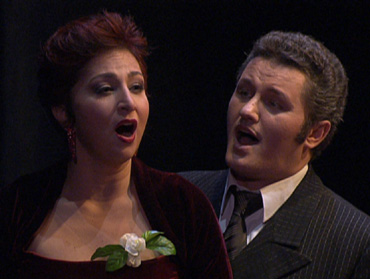


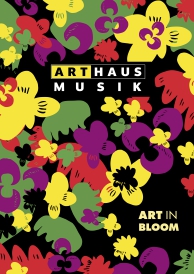 PDF Download (5,5 MB)
PDF Download (5,5 MB)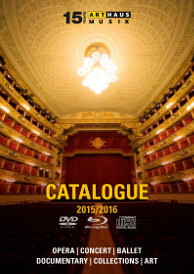 PDF Download (6,7 MB)
PDF Download (6,7 MB)